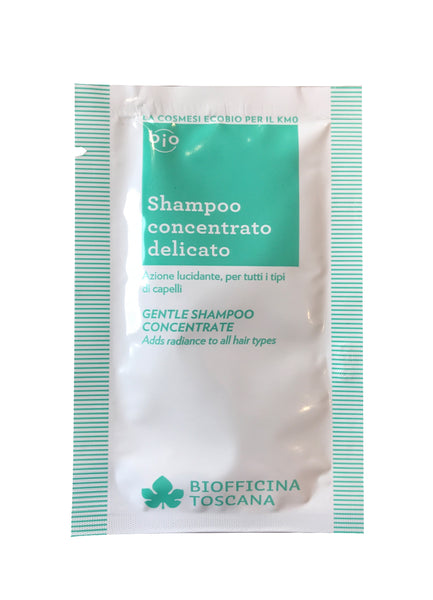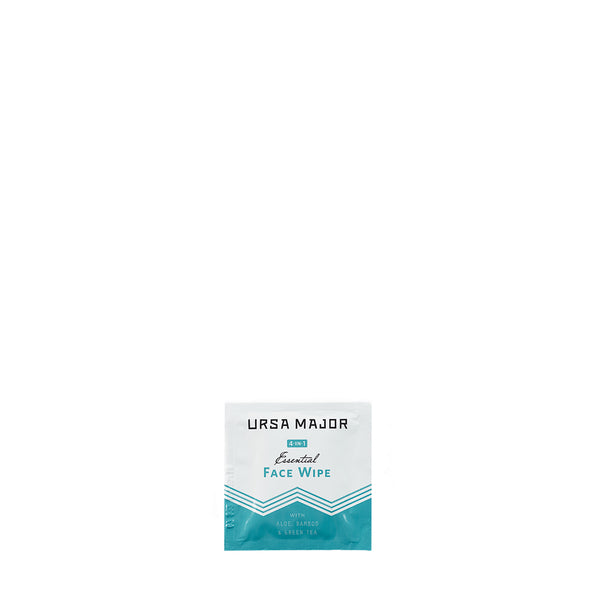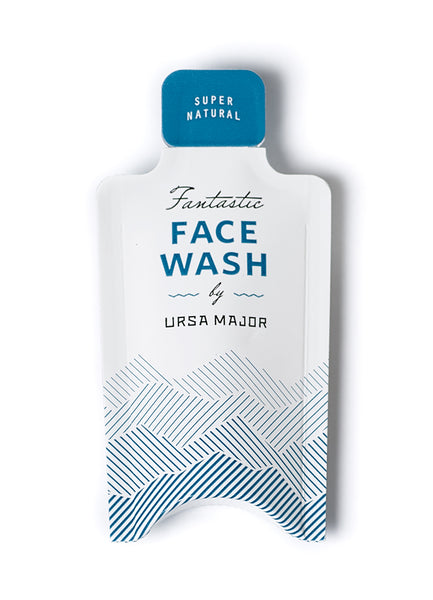Recent Articles
Hyperpigmentation is one of those skin conditions that increasing numbers of us struggle with, and it can be downright diabolical in many ways.
First of all, it’s provoked by increasingly common triggers. UV exposure is one of the most common, but hyperpigmentation has also been linked to air pollution, heat, hormonal changes, friction (mainly where melasma is concerned), certain medications, and genetics — things that are, in some cases, impossible to avoid.
Speaking of genetics, many of the laser treatments used to treat hyperpigmentation are frequently not recommended for those with medium to dark skin tones, which can be particularly susceptible to the condition in the first place.
All of these diabolical things — the prevalence of this condition, its myriad causes, and the difficulty in treating it — prompted us to make sure the Sea Serum would safely address hyperpigmentation along with dehydration and loss of firmness. To find out why it works so well in treating hyperpigmentation, check out the details below.

Hyperpigmentation-focused botanicals in the Dara Kennedy Sea Serum
Much of our Sea Serum’s natural hyperpigmentation-fighting power comes from high concentrations of marine actives. It makes sense that they’d be so powerful: thanks to (literally) a billion years of evolution, seaweed has developed remarkable protective characteristics to help it thrive in harsh environments. And coastal plants like sea fennel were the first organisms to make the transition to terrestrial life, developing unique adaptations to conditions like dehydration and UV exposure. At the same time, they’re both uniquely calming to the skin, too — a combination of benefits we love.
Our proprietary blend of marine ingredients is backed by solid, in-vivo clinical studies, with particular focus on these ingredients sourced from the coast of France:
1. A special, polyphenol-rich brown algae from France (ascophyllum nodosum) improves radiance and luminosity; it also prevents the formation of future dark spots. This plant extract has been clinically proven to neutralize the free radicals that can cause hyperpigmentation as well as ascorbic acid (the most powerful form of Vitamin C) or superoxide dismutase. What is most unique about this algae is its clinically proven ability to decrease pigmentation in a way that is particularly meaningful for those concerned not only about brown spots, but also larger, more diffuse patches of hyperpigmentation — and we hear this time and time again from Sea Serum fans who note that their overall skin tone seems remarkably even.
2. Stem cells from sea fennel (crithmum maritimum) gently lighten existing hyperpigmentation and encourage a more even skin tone. It has been clinically shown to deliver a clear reduction in brown spots in Type IV skin, which is particularly helpful for those of us who experience post-inflammatory hyperpigmentation — the dark spots left behind even after a pimple, bug bite, or scratch heals.
(By the way, when we say “high concentrations,” we mean it: for best results, shake your bottle before each use.)
The Frenchies are joined by friends from California and Ireland to provide extra protection against hyperpigmentation in the first place:
1. Giant Kelp (macrocystis pyrifera) has highly regarded antioxidant and hydrating properties; our hand-harvested kelp — the same one you’ll find in our Sea Soak — is freeze-dried immediately after harvest for maximum potency.
2. A special type of red algae (porphyra umbilicalis) from the Irish coast has the ability to help protect skin against UVA-induced stress and photoaging — which is the type that travels through clouds and windows, the type that tends to catch us unawares. This ingredient has been clinically proven to outperform chemical UVA filters in its ability to prevent lipid peroxidation, a key sign of damage to the skin. (Still, use your sunscreen! Please.)
3. The sea fennel mentioned above also supports the efforts of the seaweeds in our blend: it’s clinically shown to help protect skin against UVB-induced free radical damage while encouraging skin to maintain healthy hydration levels, improve its epidermal metabolism (cell turnover and mitochondrial activity), and even hasten its natural healing processes.
A few guidelines
As tough as hyperpigmentation is to treat, the good news is that topical treatments can absolutely help, no matter what your skin type. Whatever you use to treat your hyperpigmentation, remember that there are three keys to making sure they work for you:
1. Consistency. You know this.
2. Patience. You know this, too.
3. Sunscreen. You know this as well, but it’s worth repeating since you can be as consistent and as patient as can be, but — diabolically! — hyperpigmentation can creep back in after less than an hour of unintended sun exposure and undo your consistent efforts.
Want to learn more? Check out our primer on hyperpigmentation with the fantastic New York dermatologist Elizabeth Hale, MD on our blog — she describes exactly what it is, how it’s classified, and how it’s most frequently treated from a dermatological perspective.

















